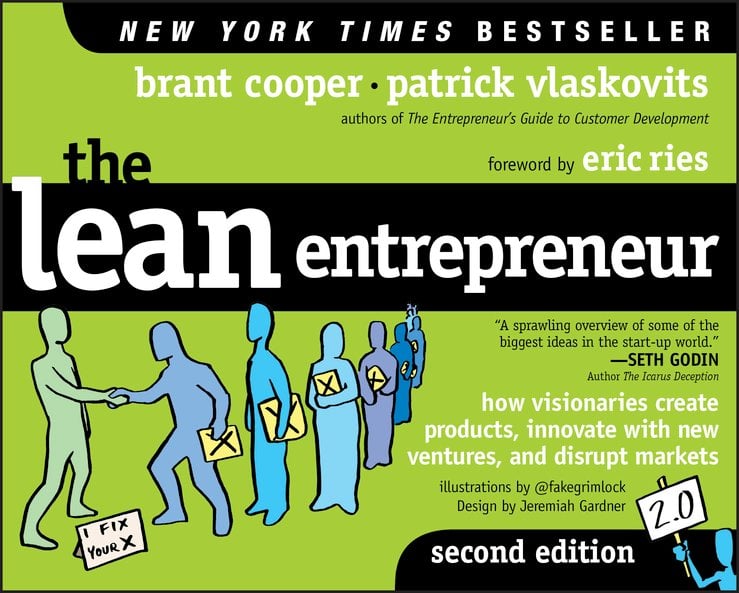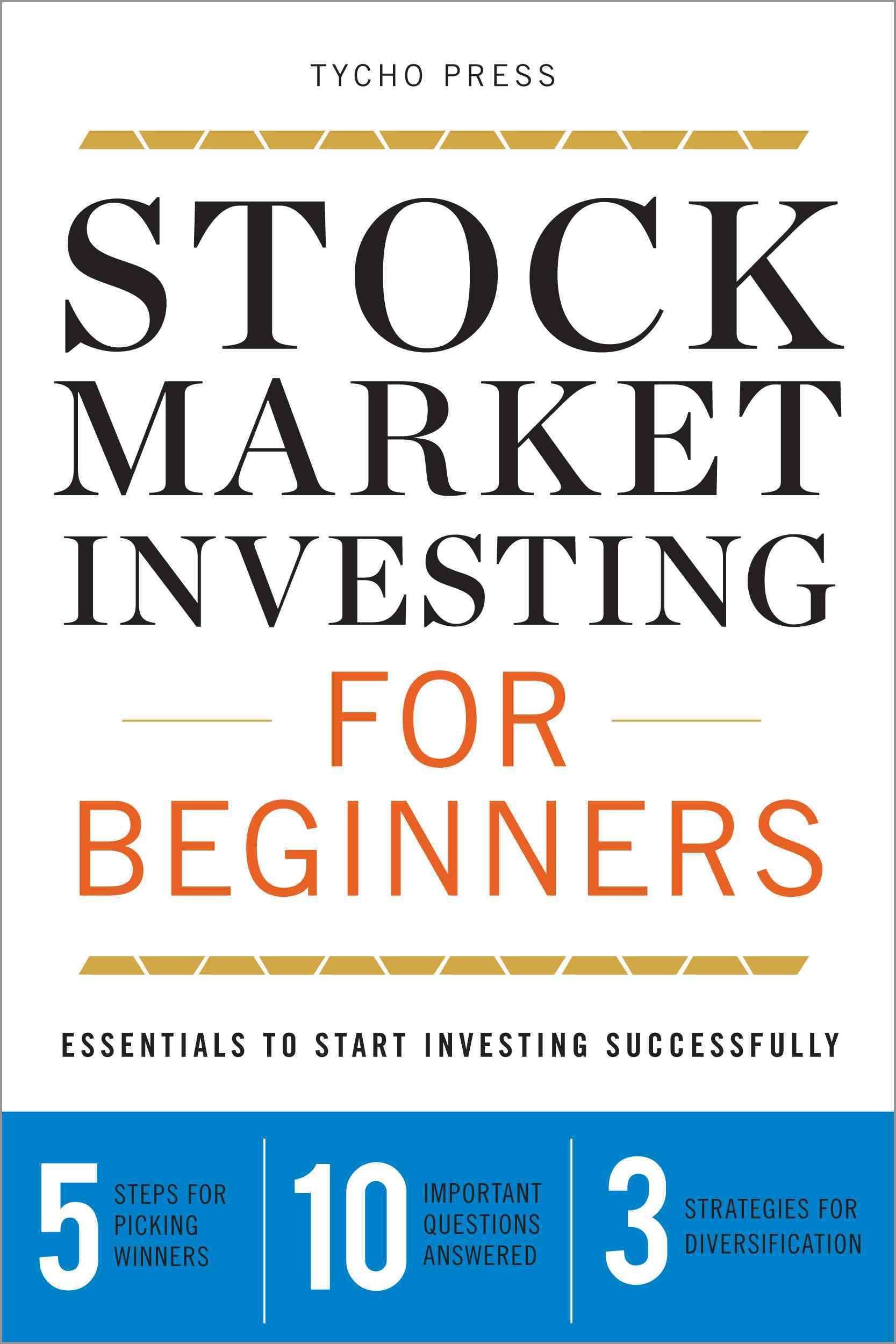MEMS are rapidly moving from the research laboratory to the marÂ- ketplace. Many market studies indicate not only a tremendous market potential of MEMS devices; year by year we see the actual market grow as the technology matures. In fact, these days, many large silicon foundries have a MEMS group exploring this promising technology, including such giants as INTEL and Motorola. Yet MEMS are fundamentally different from microelectronics. This means that companies with an established track record in these branches need to adapt their skills, whereas companies that want to enter the “miniaturization” market need to establish an entirely new set of capabilÂ- ities. The same can be said of engineers with classical training, who will also need to be educated toward their future professional activity in the MEMS field. Here are some questions that a company or technologist may ask: I have an existing product with miniaturization market potenÂ- tial. Which technology should I adopt? What are the manufacturing options available for miniaturizaÂ- tion? What are the qualitative differences? How do we maintainamarketleadforproductsbased onMEMS? Is there CAD support?Can we outsource manufacturing? Which skills in our current capability need only adaptation? What skills need to be added? Professors Jan Korvink and Oliver Paul have set out to answer these questions in a form that addresses the needs of companies, commercial practitioners, and technologists.












